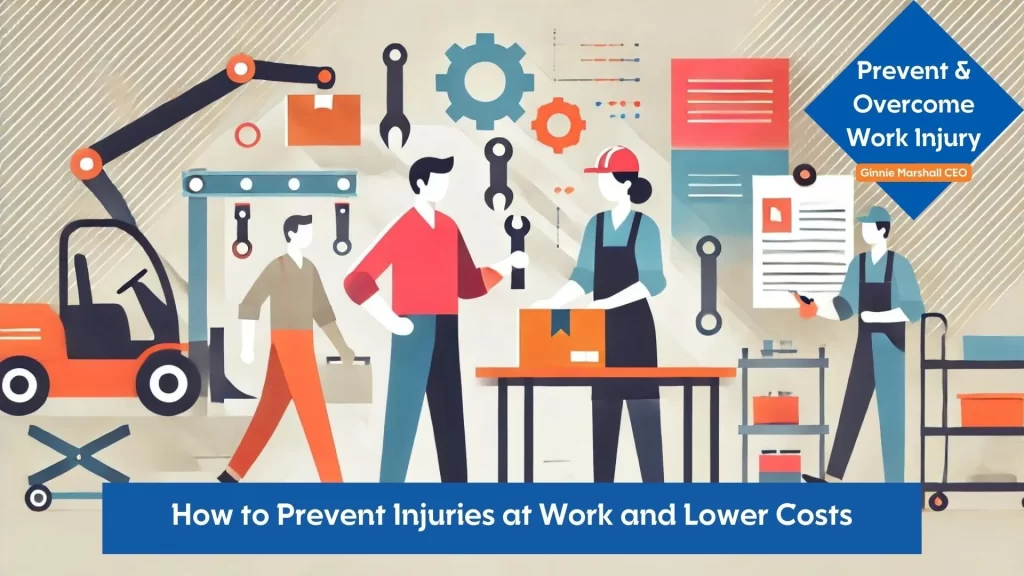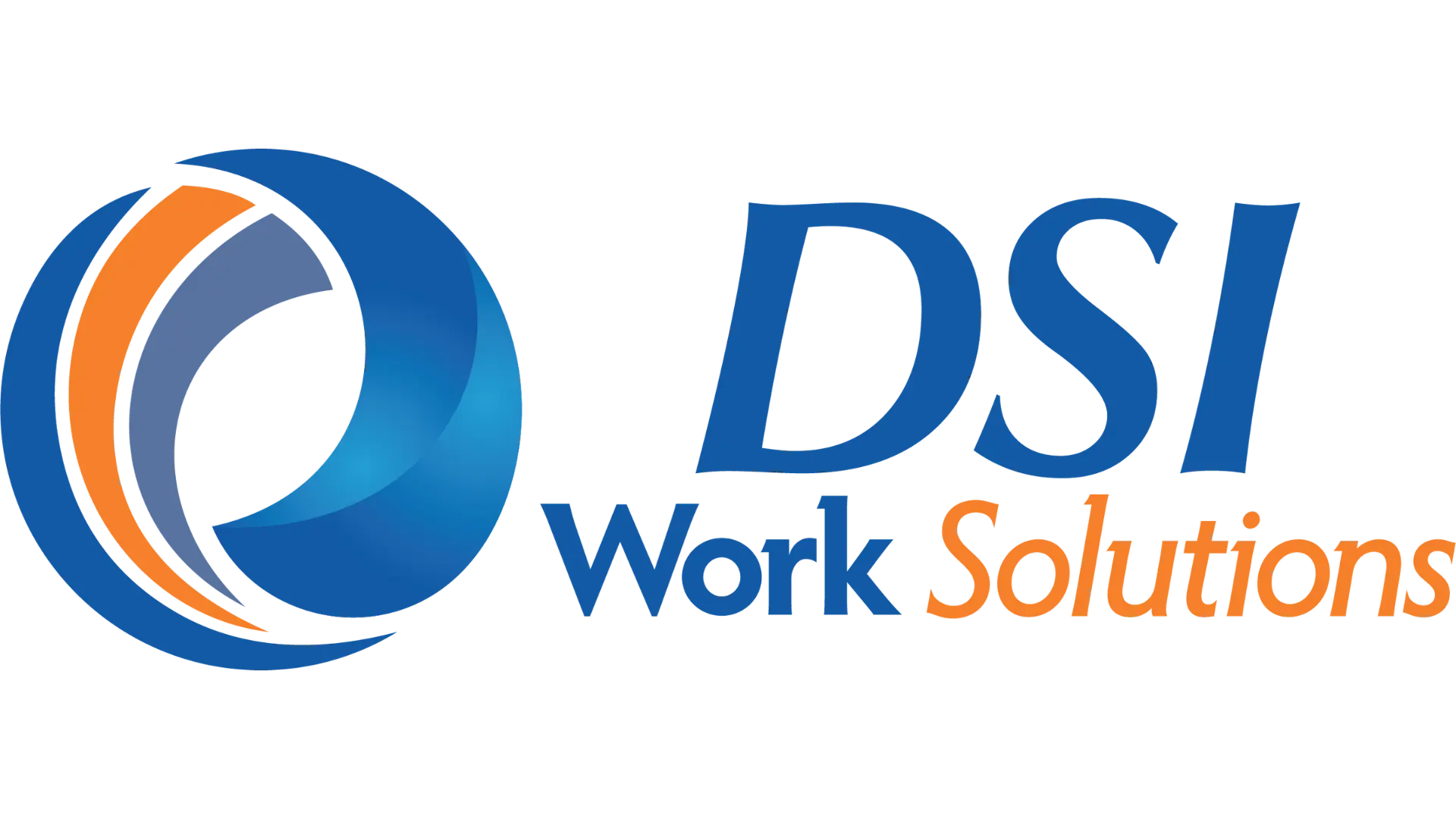Introduction
Workplace safety and injury prevention are critical priorities for any organization. Ensuring the well-being of employees not only fosters a positive work environment but also significantly reduces costs associated with work-related injuries. In today’s fast-paced work environment, a proactive approach to injury prevention and management is more important than ever.
An Injury Prevention System that Works for You
Introducing the Job Function Matching System by DSI Work Solutions. This innovative system is designed to analyze and document the physical demands of specific jobs, providing employers with a powerful tool to prevent injuries, manage return-to-work processes, and enhance staff retention. By implementing this systematic approach, companies can create safer work environments, reduce injury-related costs, and improve overall efficiency.
Workplace Injuries Have High Costs
- According to the National Safety Council, workplace injuries cost U.S. employers over $171 billion annually, highlighting the substantial financial burden of workplace accidents.
- The Occupational Safety and Health Administration (OSHA) reports that implementing effective injury prevention programs can reduce injury and illness costs by 20 to 40 percent.
- A study by the Liberty Mutual Research Institute for Safety found that for every dollar spent on workplace safety, employers can save $4 to $6 in costs associated with workplace injuries.

Success Stories
DSI Work Solutions has a proven track record of success with the Job Function Matching System. Companies that have implemented this system have reported a significant reduction in workplace injuries and associated costs. For example, a manufacturing firm saw a 30% decrease in injury rates within the first year of adopting the system. Other companies have noted a 25% reduction in workers’ compensation claims, translating to substantial cost savings.
Introducing the Job Function Matching System
The Job Function Matching System (JFMS) system is designed to analyze and document the essential functions of each job, providing a detailed understanding of the physical requirements. By integrating this system, employers can prevent injuries, manage return-to-work processes effectively, and retain valuable staff. The JFMS is an invaluable tool for creating safer, more efficient workplaces.
Step 1: Analyzing Physical Requirements
The first step in the Job Function Matching System is analyzing the physical requirements of each job. This process involves a thorough examination of the tasks employees perform and the physical demands these tasks entail. The goal is to gather precise and objective data that accurately reflects the job’s physical requirements.
This analysis forms the basis for creating job function descriptions and designing relevant tests, ensuring that all physical aspects of the job are adequately captured and documented.

Step 2: Creating User-Friendly Documentation
Creating job function descriptions is a crucial step in the Job Function Matching System. These descriptions serve as the foundation for understanding the physical demands associated with each job role. The process involves capturing detailed and objective data about the specific tasks employees perform, which is then used to document the essential functions and physical requirements of the job.
The goal is to create documentation that is clear, comprehensive, and easy to use for various stakeholders, including hiring managers, trainers, and medical professionals.
Step 3: Verifying Documentation Accuracy and Designing Tests
Verifying the accuracy of job function documentation is crucial to ensure it reflects the true physical demands of the job. Accurate documentation supports better decision-making in hiring and managing return-to-work processes, helping to prevent injuries and improve workplace safety.
Physical demands tests are designed based on the verified documentation. DSI’s Job Function tests simulate job tasks to assess if candidates or returning employees can safely perform the required activities. This ensures that new hires are fit for the job and helps in determining when injured employees are ready to return to work.
Step 4: Supporting Hiring and Return to Work
Job Function Descriptions and Job Function Tests are essential tools for onboarding and training new employees. They provide clear guidelines on the physical requirements of the job, helping new hires understand what is expected and employers ensure their success. For employees recovering from injuries, these tools facilitate a smooth and safe return to work by ensuring they can meet the physical demands of their role.
For example, a Job Function Test might include lifting and carrying job specific weights to ensure an employee can handle these tasks safely. This not only helps in hiring and successfully placing candidates but also in designing light duty tasks for injured employees, aiding their recovery and return to full duty.

Benefits of the Job Function Matching System
1. Efficiency and Cost Reduction
The Job Function Matching System helps prevent injuries by ensuring that employees are physically capable of performing their job tasks safely. This reduces the frequency and severity of workplace injuries, leading to significant cost savings on medical expenses and workers’ compensation claims. Efficient management of return-to-work processes further reduces downtime and productivity losses.
2. Staff Retention
A safer workplace fosters employee satisfaction and loyalty. By reducing the risk of injuries and providing support during recovery, the system contributes to higher staff retention rates. Employees are more likely to stay with a company that prioritizes their health and well-being.
3. Enhanced Hiring Process
Job Function Descriptions and Job Function Tests serve as valuable tools during the hiring process. They provide clear, objective criteria for evaluating potential hires and ensuring that candidates are well-suited to the physical demands of the job. This leads to better hiring and training processes and reduces the likelihood of injury.
4. Supporting Injury Recovery
The same Job Function Descriptions and Job Function Tests assists doctors and employers in making informed decisions during an employee’s recovery from injury or illness. By understanding the specific physical requirements of the job, doctors can recommend appropriate work restrictions and rehabilitation plans. Employers can design suitable light-duty tasks, facilitating a safe and timely return to work.
5. Ergonomic Opportunity Reports
Ergonomic opportunity reports are created from the job function analysis process to identify potential ergonomic risks within job tasks. These reports analyze the physical stresses placed on employees and suggest areas of focus to reduce strain and prevent injuries. Often the solutions are readily recognized and can be addressed by employers once identified.
For instance, if a task involves repetitive lifting at an awkward angle, the report identifies it as such. Then modifying the workstation layout and/or identifying appropriate lifting aids readily follows. Another example of an ergonomic opportunity could be identifying the need for adjustable workstations that allow employees to make changes for their own body dimensions, reducing the need for prolonged bending or reaching.

Conclusion
The Job Function Matching System by DSI Work Solutions is your key to creating a safer, more efficient workplace. This system helps prevent injuries, manage return-to-work processes, and improve staff retention, ultimately leading to significant cost savings and a more productive workforce.
Ready to enhance your workplace safety and efficiency? Request a meeting with our experts today to learn more about how the Job Function Matching System can benefit your organization. Additionally, you can sign up now to take the first lessons of our independent learning program for free. Take the first step towards a safer, more efficient workplace today.












.webp)